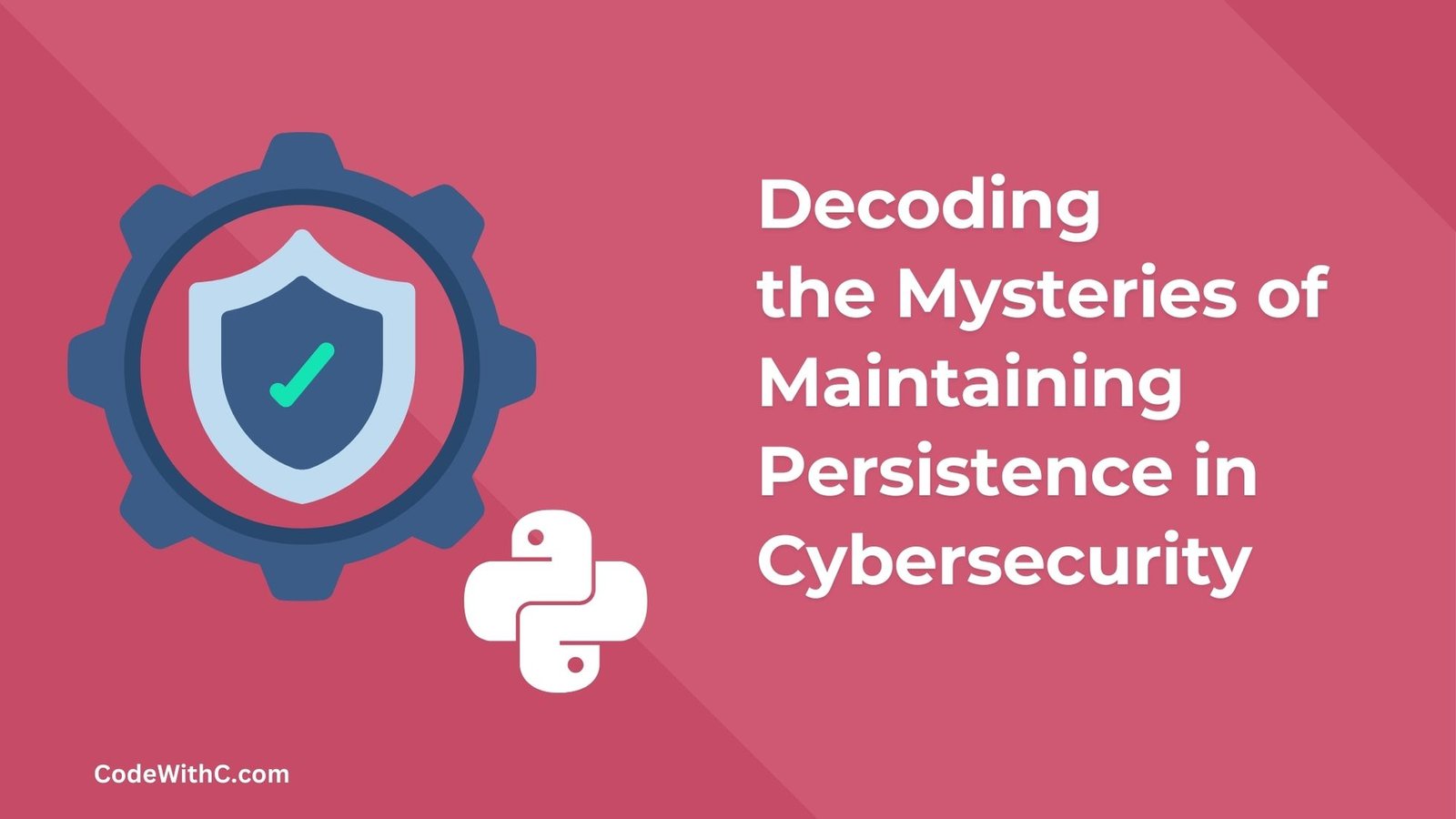Persistence Ah, the thrill of diving deep into the digital realm! I still remember that late-night chat with my buddy, Leo. We were discussing how, once attackers get into a system, they’re like those uninvited guests who just don’t wanna leave. They sneak in, make themselves comfortable, and then… they stick around. But how do they manage to stay put without getting kicked out? Let’s unravel this mystery!
Persistence: More than Just Staying Put
Imagine breaking into a fortress. Once you’re in, you’d wanna ensure you can come and go as you please, right? In the cyber world, that’s what persistence is all about. It’s not just about gaining access; it’s about maintaining that access.
The MITRE ATT&CK Playbook: A Goldmine!
Have y’all heard of the MITRE ATT&CK framework? Man, it’s like the attacker’s bible. And guess what? There’s a whole section on Persistence. The framework details a whopping 19 techniques! Just imagine, nineteen different ways to stick around in a system. Wild, right?
Digging In: Boot or Logon Autostart Execution
This is one of the classic moves in the playbook. Attackers modify settings so that their malicious code runs automatically every time the system boots up or a user logs in.
Sample Code:
import winreg as reg key = r"Software\Microsoft\Windows\CurrentVersion\Run" value_name = "MyMaliciousCode" path_to_payload = r"C:\path\to\malicious\code.exe" # Add a new registry entry for autostart reg_key = reg.OpenKey(reg.HKEY_CURRENT_USER, key, 0, reg.KEY_WRITE) reg.SetValueEx(reg_key, value_name, 0, reg.REG_SZ, path_to_payload) reg.CloseKey(reg_key) print("Registry entry added!")
Code Explanation: This Python script adds a new registry entry, ensuring that a malicious code (in this benign example, just a placeholder path) runs automatically upon boot or user login.
Expected Output:
Registry entry added!
Once this script runs, the system is set to launch the specified malicious code every time it starts up. It’s kinda sneaky, isn’t it?
Spotting the Intruder: Detecting Persistence Techniques with Python
The cool thing? Python isn’t just a tool for the bad guys. We can use it to detect these sneaky persistence techniques and kick the intruders out!
Wrapping Things Up
Man, the world of cybersecurity is like this endless maze, with attackers and defenders constantly trying to outwit each other. But with the right knowledge and tools, we can navigate this maze like pros. Remember, every challenge is an opportunity to learn and grow.
To sum it all up, persistence in cybersecurity is all about sticking around, and with Python by our side, we’ve got the upper hand. Thanks for diving deep with me into this topic, and until next time, code safe and stay curious! Peace! ✌️
